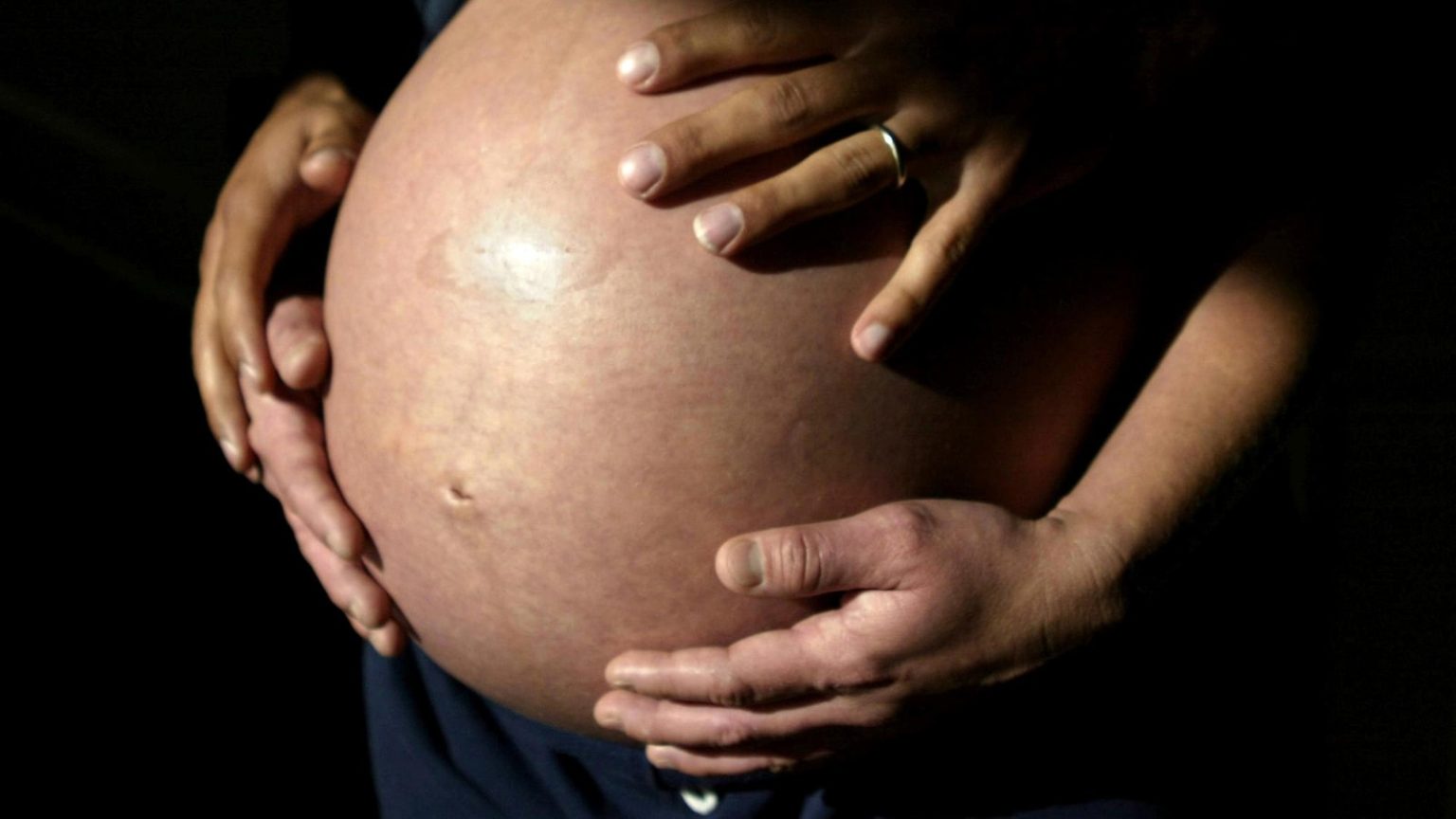The Alarming Disparity in Maternal Mortality Rates in the U.S.
Maternal mortality rates in the U.S. remain a pressing concern, particularly for Black women, who continue to face disproportionately high risks during and after childbirth. Federal health data released in late 2023 revealed a stark disparity: Black women died at a rate nearly 3.5 times higher than white women around the time of childbirth. This disturbing trend persists despite overall maternal mortality rates falling below pre-pandemic levels in 2023. The data, compiled by the Centers for Disease Control and Prevention (CDC), highlights a worrying widening of racial gaps in maternal health outcomes.
The CDC report, based on death certificates, shows that maternal deaths declined from 817 in 2022 to 669 in 2023. While this downward trend is encouraging, the racial divide remains unacceptably wide. In 2021 and 2022, the maternal death rate for Black women was already about 2.6 times higher than that of white women. By 2023, this disparity grew even larger, with Black women dying at a rate nearly 3.5 times higher than their white counterparts. For Hispanic women, the maternal death rate improved, dropping from about 17 deaths per 100,000 live births in 2022 to 12 in 2023. Similarly, Asian American women saw their rates fall from 13 to 11 per 100,000 live births. However, for Black women, the rate remained alarmingly high, rising slightly from 49.5 to just over 50 deaths per 100,000 live births, though this increase was not statistically significant.
The Role of Systemic Racism and Unequal Access to Care
The persistence of these racial disparities underscores the deep-seated issues of systemic racism and unequal access to quality medical care. Dr. Amanda Williams, interim medical director for the March of Dimes, points out that while the COVID-19 pandemic initially impacted all pregnant women, the return to "usual activities" allowed systemic inequities to reassert themselves. "Once we went back to ‘usual activities,’ then the impact of systemic racism and unequal access (to medical care) … came right back into place," she explained. This highlights how structural barriers, such as limited access to prenatal and postpartum care, disproportionately affect Black women.
The CDC defines maternal deaths as those occurring during pregnancy, childbirth, or up to 42 days after birth, excluding accidental deaths. The leading causes of maternal mortality include excessive bleeding, blood vessel blockages, and infections. COVID-19, in particular, has proven to be a significant threat during the pandemic, with its complications endangering pregnant women. In the worst days of the pandemic, experts suggest that physician burnout may have contributed to the increased risks by leading to a lack of attention to pregnant women’s concerns.
The Impact of COVID-19 and Pandemic Recovery
The COVID-19 pandemic had a profound impact on maternal health, exacerbating existing vulnerabilities. At the height of the pandemic, all pregnant women faced heightened risks, as overwhelmed healthcare systems struggled to cope. However, as the pandemic subsided and hospitals returned to normal operations, the overall impact of COVID-19 on pregnancies began to decline. Despite this, the legacy of the pandemic continues to shape maternal health outcomes, particularly for marginalized communities.
The federal Medicaid program played a crucial role in mitigating some of these risks by expanding postpartum care coverage from seven weeks to up to 12 months. This change allowed more new mothers to access the care they needed during the critical postpartum period, helping them recover and improve their health outcomes for future pregnancies. Dr. Williams emphasized the importance of this expansion, noting that it has helped make mothers healthier for their next pregnancies.
The Broader Context of Maternal Mortality in the U.S.
The number of maternal deaths is also tied to the number of pregnancies. With U.S. birth rates declining in recent years, fewer pregnancies have contributed to fewer pregnancy-related deaths, according to Eugene Declercq, a maternal deaths researcher at Boston University. However, this trend does not diminish the urgency of addressing the persistent racial disparities in maternal mortality. Declercq noted that his analysis of available data suggests that the number of maternal deaths in 2024 may remain roughly the same as in 2023, underscoring the need for continued vigilance and action.
The federal government is still processing and analyzing death reports from 2023, but the available data paints a clear picture: while progress has been made in reducing overall maternal mortality rates, the racial gap continues to widen. The CDC report serves as a stark reminder of the work that remains to be done to ensure equitable maternal health outcomes for all women in the U.S.
Addressing the Root Causes of Maternal Mortality
To address the root causes of maternal mortality, particularly for Black women, policymakers, healthcare providers, and communities must confront the systemic inequities that drive these disparities. Expanding access to quality prenatal and postpartum care, addressing implicit bias in healthcare, and ensuring that all women have equal opportunities to thrive before, during, and after pregnancy are critical steps. The expansion of Medicaid coverage for postpartum care is a promising development, but more comprehensive reforms are needed to tackle the systemic barriers that disproportionately affect Black women.
Conclusion: A Call to Action for Equitable Maternal Health
The CDC’s latest report on maternal mortality serves as a call to action for the nation. While the overall decline in maternal deaths is a positive trend, the widening racial gap demands immediate attention and action. Black women, in particular, continue to bear a disproportionate burden of maternal mortality, a stark reminder of the profound inequities embedded in our healthcare system. By addressing the root causes of these disparities—systemic racism, unequal access to care, and socioeconomic barriers—we can work toward a future where all women, regardless of race, have the opportunity to experience safe and healthy pregnancies. The time to act is now, for the sake of mothers, families, and communities across the U.S.















